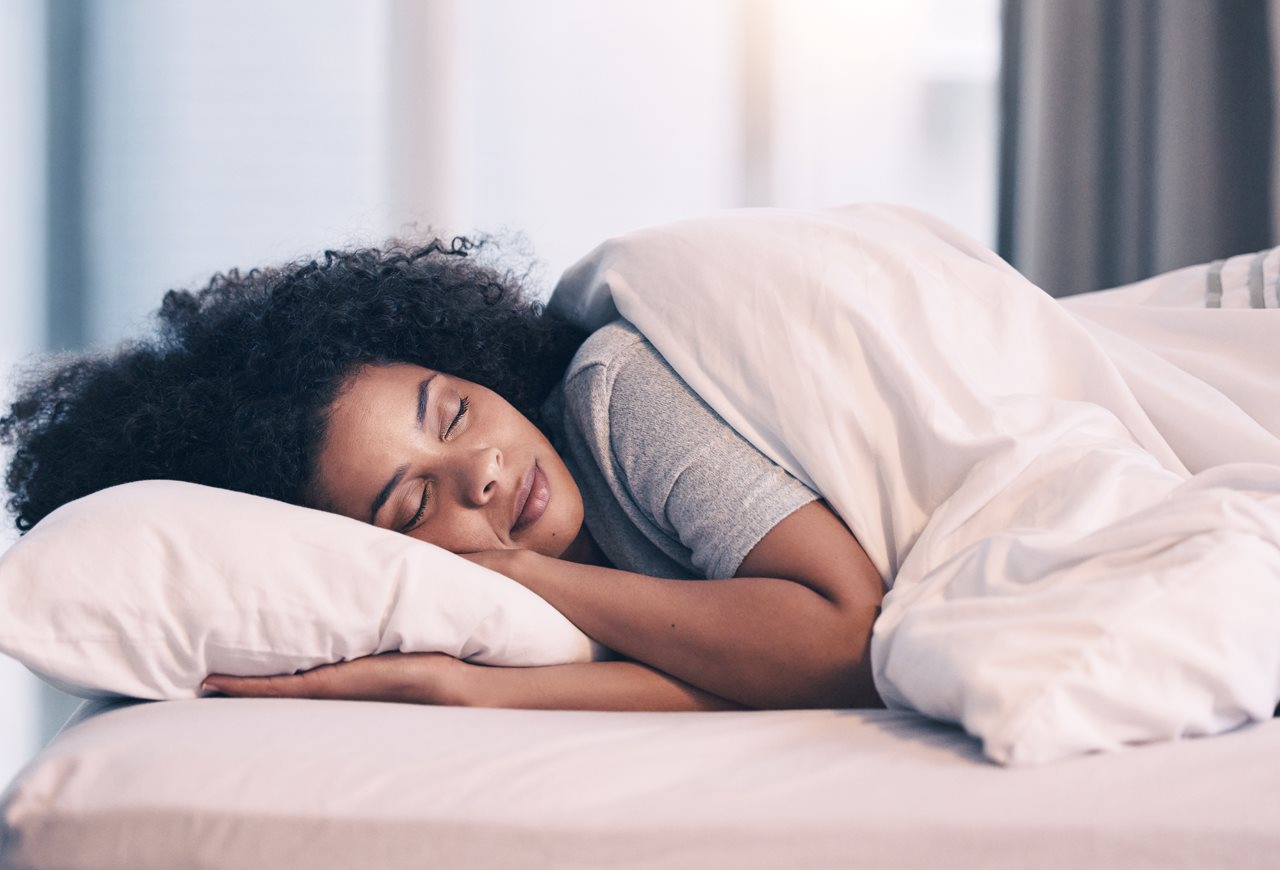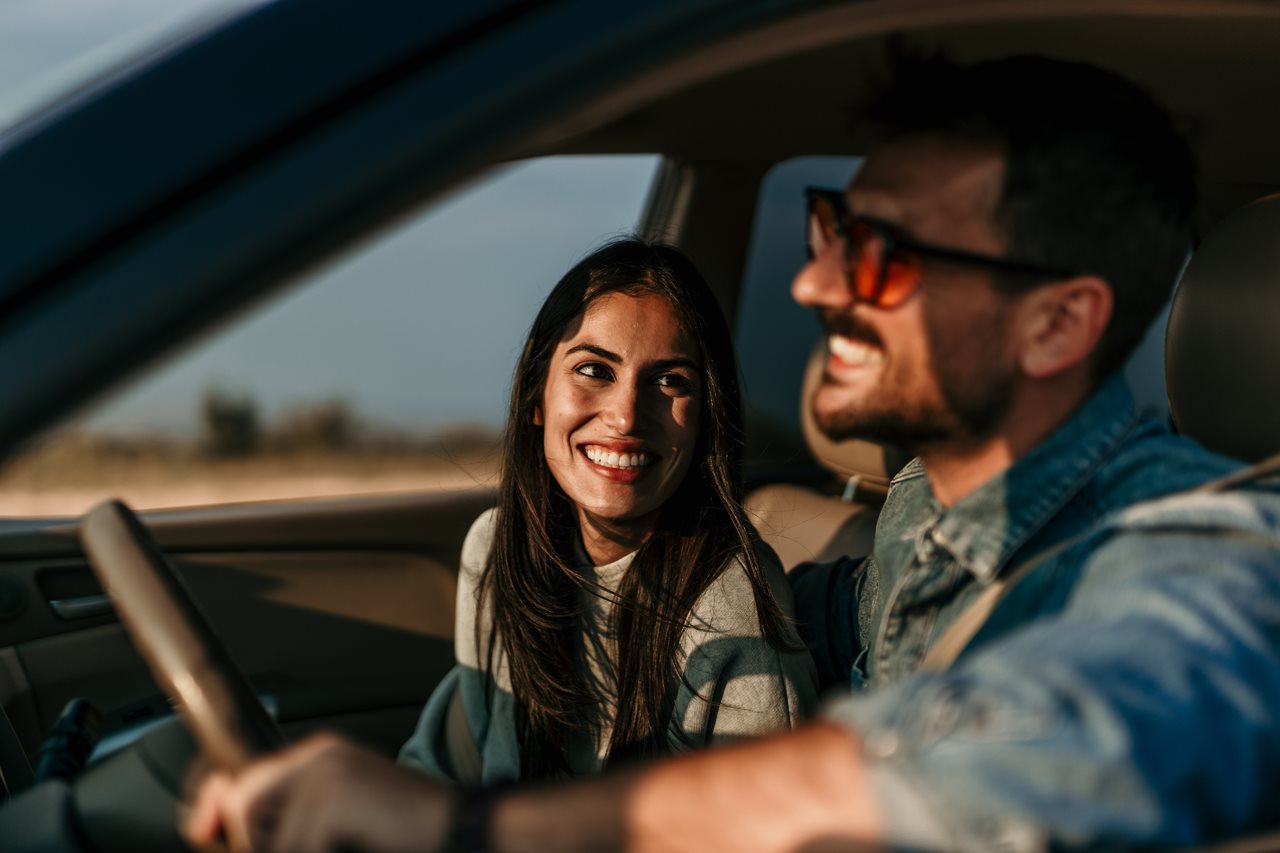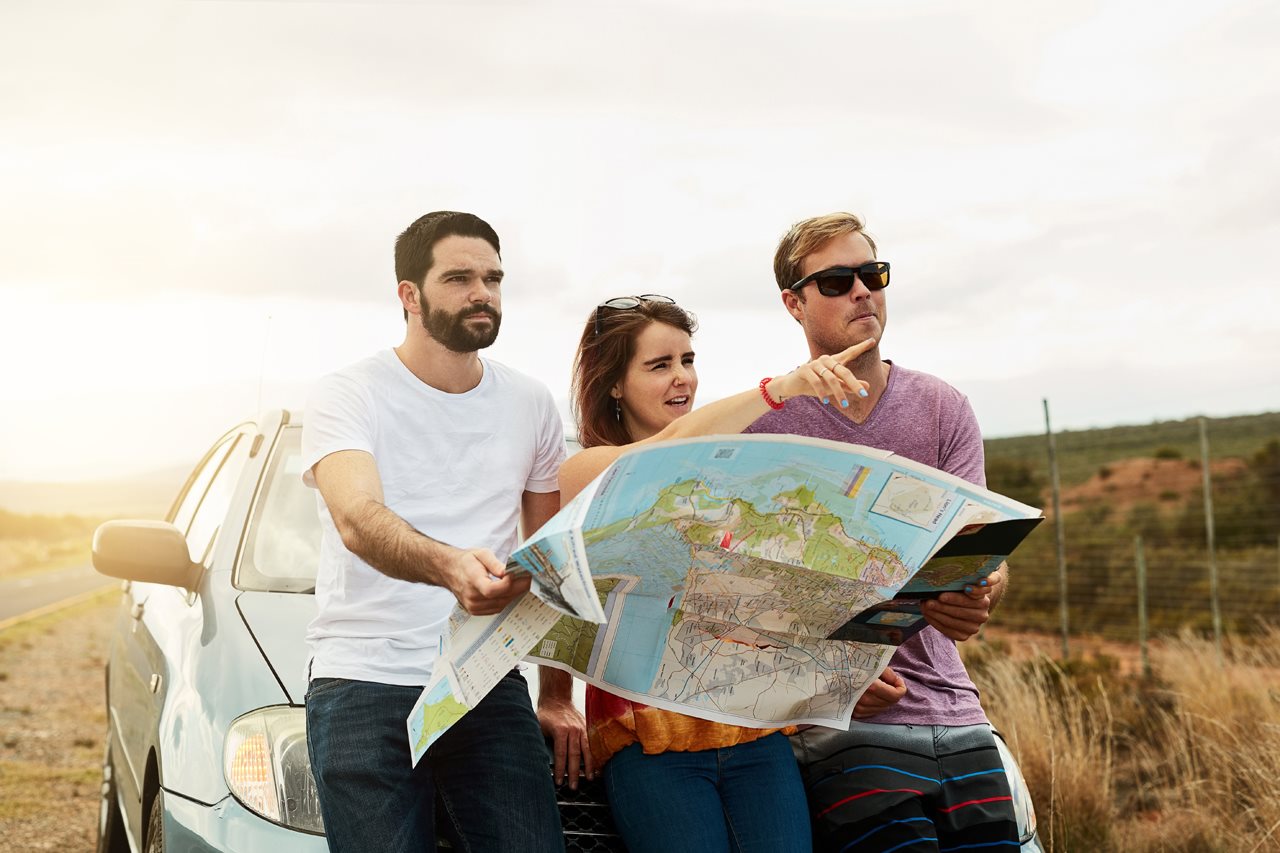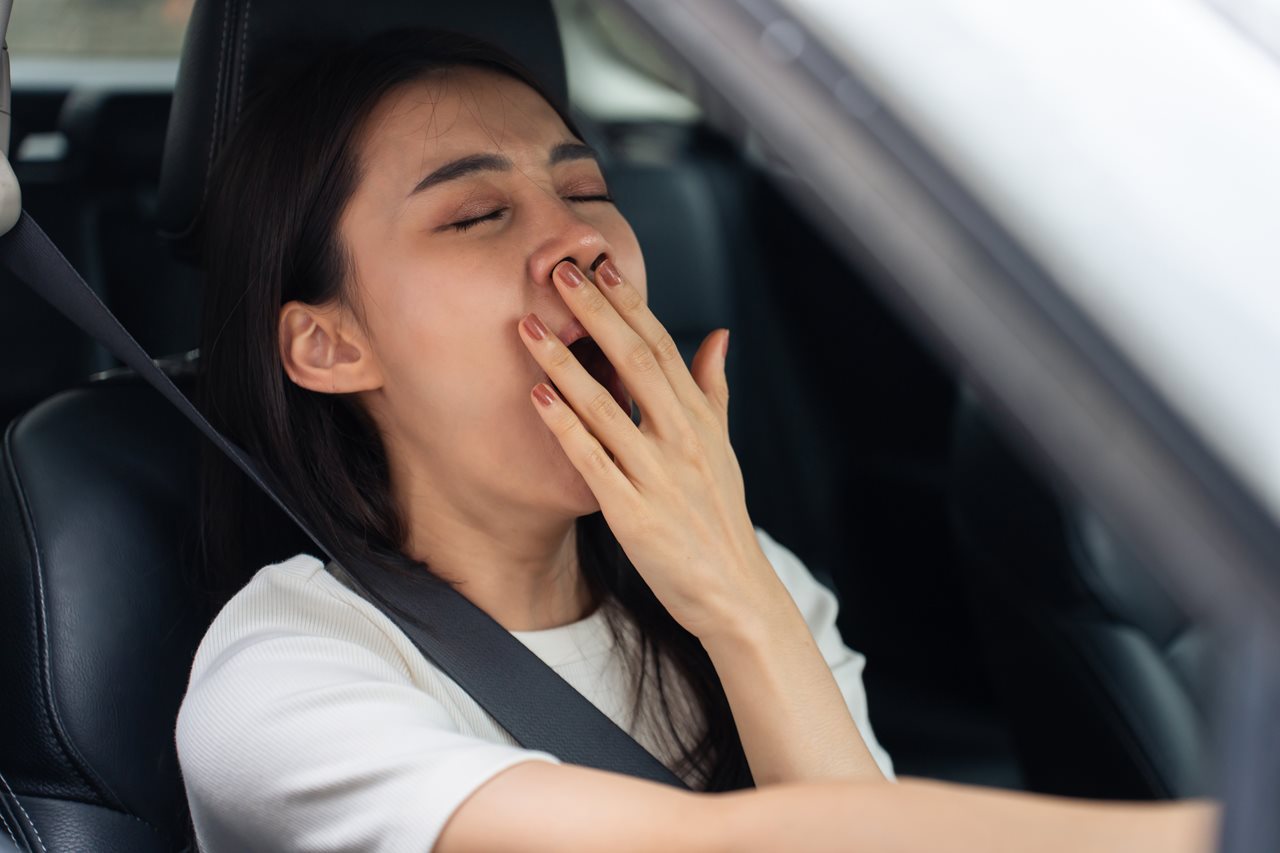(BPT) - Drowsy driving is risky and dangerously common. Many drivers are either unaware or don't prioritize getting enough sleep as an important part of safe driving. Even though drowsy driving is high risk - the cause of nearly one in five deadly car crashes - many people continue to drive when they're not fully alert.
Did you know that getting only 3-4 hours of sleep is similar to having a few drinks? It's time to start thinking about drowsy driving more like drunk driving. New data from the National Sleep Foundation's (NSF) 2024 Drowsy Driving survey show only four in 10 adults are likely to find alternatives to driving when they haven't gotten enough sleep, whereas nearly seven in 10 adults are likely to find alternatives to driving after a few drinks.
Even if you've had some sleep, it may not be enough. The survey found just 50% of adults are likely to avoid driving when they haven't gotten the sleep they need, but almost 90% of adults are likely to avoid driving when they've had a few drinks. More people have urged someone not to drive because of drinking than for being too sleepy or tired. However, if you haven't had enough quality sleep to drive alert, it's not safe for you to be behind the wheel.
Drowsy driving is impaired driving. As part of its continued commitment to educate the public about the importance of sleep for health and well-being, NSF produces Drowsy Driving Prevention Week® every year to encourage everyone to Sleep First. Drive Alert.® Here's a short list of things you can do before you get behind the wheel.
Prioritize Sleep Ahead of Your Drive
It is important to get the recommended amount of sleep the night before your trip. While the feeling of a good night's sleep varies from person to person, NSF recommends seven to nine hours of sleep per night for adults and eight to 10 hours for teens.

Bring a Buddy: Plan to Have a Companion for Your Longer Trips
A companion passenger can not only help look for early warning signs of driver fatigue or sleepiness but can also help with driving when needed. A good driving co-pilot is someone who stays awake to talk to you and will be aware of your alertness. They can be particularly helpful on long trips. As you plan your next adventure, consider inviting along a driving buddy or two to make your trip safer and more memorable.

Proper Planning: Schedule Regular Stops for Your Trip
Plan a stop every 100 miles or two hours during your driving trip. Stops help you stay alert by giving you a chance to check your alertness, stretch, or rest a bit if you need to. Schedule some stops that are meaningful to you in addition to your necessary breaks. For instance, you could stop by a park for a quick stretch or walk along a scenic path before hitting the road again.

Look Out for the Signals of Drowsy Driving
Be aware of the warning signs that come with drowsy driving. Frequent blinking and yawning or having difficulty with lane and speed control are common signs that you may be too tired to drive. A companion driver can help keep an eye on the warning signs of drowsy driving, too. Remember: a drowsy driving crash can happen in just seconds. If you notice these warning signs, take action - pull over to a safe place and take a quick nap.

NSF has more science-backed recommendations to help anyone and everyone be their Best Slept Self®. It's the place to start and can make a big difference to help avoid drowsy driving. There are simple things you can do every day and night to help you get enough of the quality sleep you need.
During the day, things like spending time in bright, natural light, getting regular exercise and eating meals at consistent times can help your body prepare for sleep. At night, NSF recommends avoiding things like heavy meals, caffeine and alcohol, keeping a wind-down routine, and sleeping in a place that's cool, dark, and quiet - which also means putting your screen devices away an hour before bed.
Visit theNSF.org for more key tips while you make your own plan to prevent drowsy driving, plus get NSF's expert resources to help you be your Best Slept Self®.
The National Sleep Foundation (NSF) is an independent 501(c)3 nonprofit organization dedicated to improving health and well-being through sleep education and advocacy. Founded in 1990, the NSF is committed to advancing excellence in sleep health theory, research and practice.
NSF thanks its Drowsy Driving Prevention Week® 2024 sponsors, GM, Schneider National and Waymo for their support and commitment to helping the public stay safe on the road.













